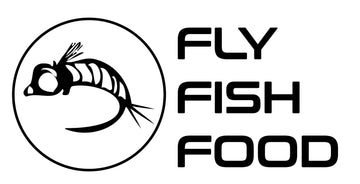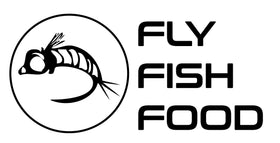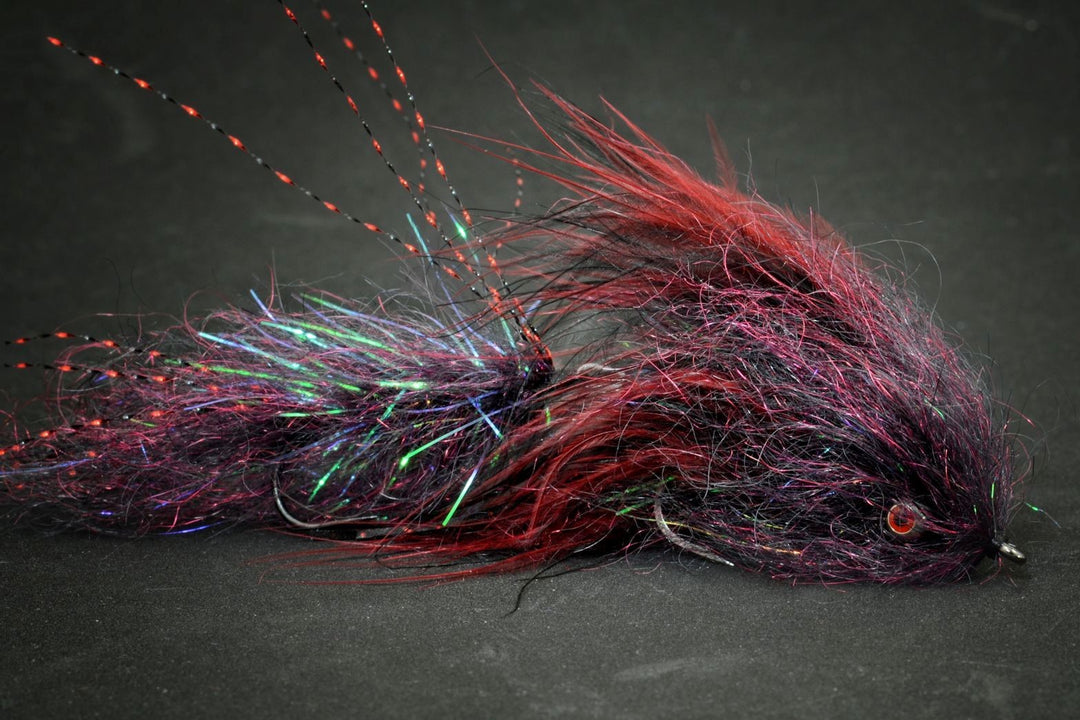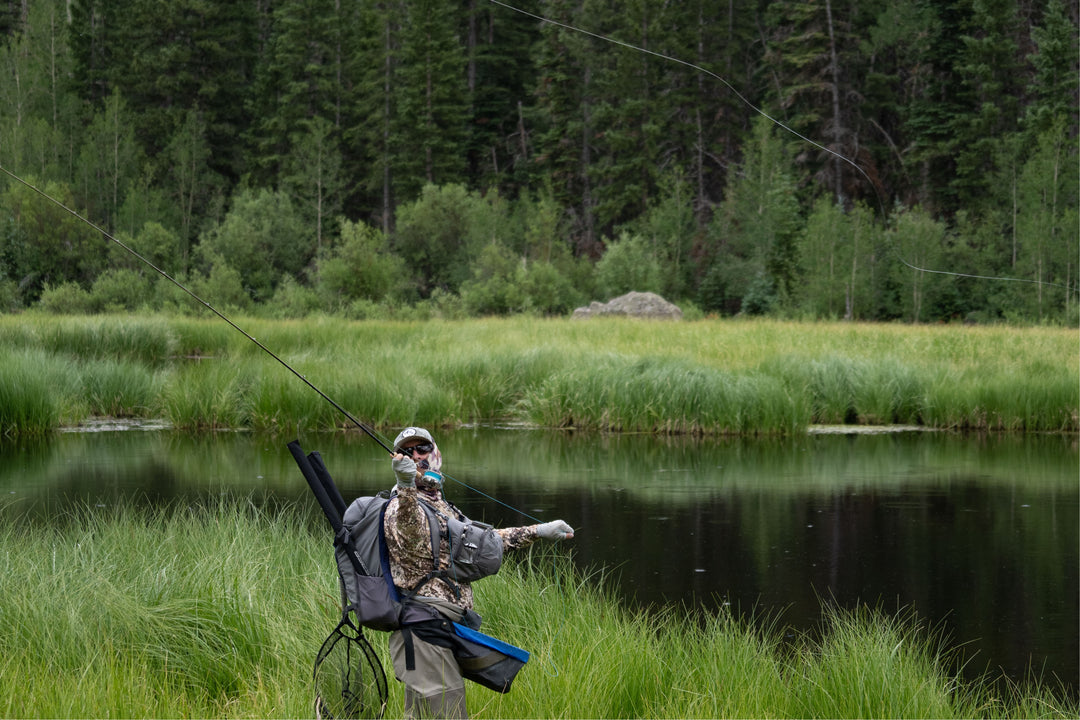Bitterroot River Fly Fishing Report - August 8/23/2025
BITTERROOT RIVER FLY FISHING REPORT
Western Montana — Bitterroot Valley
Current River Conditions
Flows: Lower than spring runoff (summer base flows). Expect typical late‑August levels—some sections are low and pockety while deeper runs hold fish.
Water Clarity: Generally clear to lightly stained after any afternoon wind or upstream activity. Look for clearer water in riffles and runs.
Typical late‑Aug range: mid‑50s to mid‑70s °F depending on time of day and reach.
Morning temps are coolest; afternoons can stress trout — plan trips accordingly.
Forecast: Warm afternoons, cool mornings. Light to moderate breezes; watch for gusts in open runs.
Best fishing windows: sunrise through late morning (before temps climb).
Road and public access points near towns (Hamilton, Stevensville, Darby) are open; private sections require permission. Float hazards: logjams and snags increase in low water — scout before you run it.
Hatches & Insect Activity (late August)
| Insect | Size | Activity Level | Prime Time |
|---|---|---|---|
| Hoppers (terrestrials) | #8–#12 (terrestrial size) | High ⭐⭐⭐ | Late morning → afternoon (edges, banks) |
| Caddis (adult & skittering) | #12–#18 | Moderate ⭐⭐⭐ | Late afternoon → evening |
| Baetis / BWO | #16–#20 | Light to moderate ⭐⭐ | Midday to morning |
| PMD & smaller mayflies | #14–#18 | Light ⭐⭐ | Late morning |
| Midges | #18–#22 | Moderate ⭐⭐⭐ | All day (especially calm mornings/evenings) |
| Terrestrials (ants, beetles) | Varied | Moderate ⭐⭐⭐ | Warm afternoons |
Recommended Flies (patterns & links)
Below are the patterns I’d pack for a late‑August Bitterroot trip. I’ve matched each recommendation to high‑quality patterns available from our fly sheet so you can order or tie up exact imitations.
Top Dry Flies
- Fancy Pants Hopper - Tan — go to a size that matches local grasshoppers; excellent for aggressive surface takes in riffle margins.
- Bionic Ant - Black — durable, sinks slowly, great for edge-and-bank fishing on hot afternoons.
- Corn‑fed Caddis (CDC) - Tan — skitter or dead‑drift on foam lines when caddis show.
- Parachute BWO / Parachute Adams (BWO variant) — small mayfly imitation for picky risers.
- Stealth Link PMD — a good parachute/emergent for PMD activity mid‑morning.
Key Nymphs
- Tungsten Pat's Rubber Legs (Tan/Brown) — mainstay for stonefly nymphing in pocket water and seams.
- Pheasant Tail (Tungsten) — universal mayfly/olive nymph for dropper rigs.
- Egan's Warrior Perdigon — slim, dense peridgon for indicator or Euro nymphing in clear runs.
- Black Zebra Midge (TBH) — match midge activity in calm pockets; use small sizes.
- Soft Hackle Pheasant Tail Jig — lively presentation around tailouts and undercut banks.
- Sunny Side Up (egg pattern) — use on swing or as a dropper during opportunistic trout feeding on salmonid eggs near redds.
Streamers & Big Fly Options
- Coffey's Articulated Sparkle Minnow — Sculpin #4 — work along undercut banks and deep runs for aggressive trout.
- Sculpzilla - Olive — great for imitating sculpin in slower-deep lies.
- Mena's Cousin It Jig Streamer - Olive — excellent on a strip-and-pause retrieve.
- Galloup's Dungeon - Olive — articulated, great for larger trout in deeper runs.
Tactics & Approach
Dry‑fly: Fish foam seams, pocket water, and slow tails where hoppers collect. Use long, drag‑free drifts and be ready for a fast, surface strike.
Nymphing: Indicator or Euro rigs in the morning; match depth by adding split shot or switching to jig nymphs. Use a top dropper (PT, Rubber Leg) with a lighter trailing fly for picky fish.
Streamers: Work structure, deep tails, and undercuts. Strips and pauses, varying speed — when water warms a touch, slow, deep strips entice reluctant fish.
Presentation: Keep leaders short and tippet fine for small mayfly activity (4x–6x). For terrestrials and streamers, step up to 3x–4x.
Gear & Leader Suggestions
4–6 wt for dries/nymphs; 6–8 wt if you plan heavy streamer work. Floating line for dries; intermediate or sink‑tip for streamer runs.
9' tapered leaders for dries; 3–4X tippet on hopper/dropper, 5–6X for delicate mayfly presentations. Use abrasion‑resistant tippet on streamer work.
Indicators, split shot, small tungsten beads, and a good selection of hooks for quick fly changes.
Conservation & Local Rules
Hoot Owl (temperature) restrictions: Several reaches have afternoon closures to protect trout when water temperatures climb. Before you head out check the Montana Fish, Wildlife & Parks website or call a local fly shop (Kingfisher / Grizzly Hackle / Freestone) for exact boundaries and times. Practice gentle handling, keep fish in the water as much as possible, and avoid fishing warm, shallow riffles during midday.
Quick-Reference Fly List (printable)
| Use | Fly | Size |
|---|---|---|
| Dry | Fancy Pants Hopper - Tan | 8–12 (terrestrial sizes) |
| Dry | Bionic Ant - Black | 10–14 |
| Nymph | Tungsten Pat's Rubber Legs | 6–10 |
| Nymph | Pheasant Tail (Tungsten) | 14–18 |
| Midge/Nymph | Black Zebra Midge (TBH) | 18–22 |
| Streamer | Coffey's Sparkle Minnow — Sculpin #4 | 2–6 |
| Streamer | Sculpzilla - Olive | 2–6 |
Late August Bitterroot fishing can be superb if you match the time of day to the river’s mood. Mornings offer the best combination of fish activity and safe water temperatures — start at first light in the riffles and seams, switch to dries when you see surface activity, and keep streamers and larger nymphs in reserve for deeper runs or when fish move off the surface. Respect closures, keep fish handling minimal, and you'll not only catch more fish, you'll help ensure they'll be there next season.




